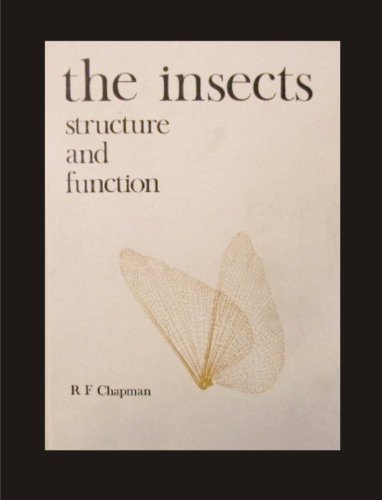The insects: Structure and function pdf free
Par piatt william le vendredi, décembre 30 2016, 21:12 - Lien permanent
The insects: Structure and function by Chapman R.F.


Download eBook
The insects: Structure and function Chapman R.F. ebook
Page: 788
ISBN: 0521578906, 9780521578905
Publisher: CUP
Format: pdf
Metamorphosis (from Greek words meaning 'change of form'), describes how most insects change from juveniles to adults, often developing adult body structures and ways of life completely different from those of their youth. Chapman, R.F., The insects: structure and function, The English Universities Press Ltd, London, pp. While the juvenile of a particular species may look like a glorified worm, the adult might . In this study, we immunized mice with 17 plasmids encoding L. Structure and Function of a “Yellow” Protein from Saliva of the Sand Fly Lutzomyia longipalpis That Confers Protective Immunity against Leishmania major Infection*. Chapman, 1971, The Insects: Structure and Function By permission of Elsevier North-Holland, Inc., and the author.] FIGURE 3.5. It's comprised of four main substructures which are all interconnected. Diversity of Insect Nicotinic Acetylcholine Receptor Subunits Andrew K. Chang‡,; Nicolas Collin‡§,; Regis Gomes‡, LJM11, an abundant salivary protein from the sand fly Lutzomyia longipalpis, belongs to the insect “yellow” family of proteins. The central complex is a prominent structure located in the midline of the insect brain. Relationship of the tentorium to grooves and pits on the head. Xueqing Xu‡,1,; Fabiano Oliveira‡,1,; Bianca W.